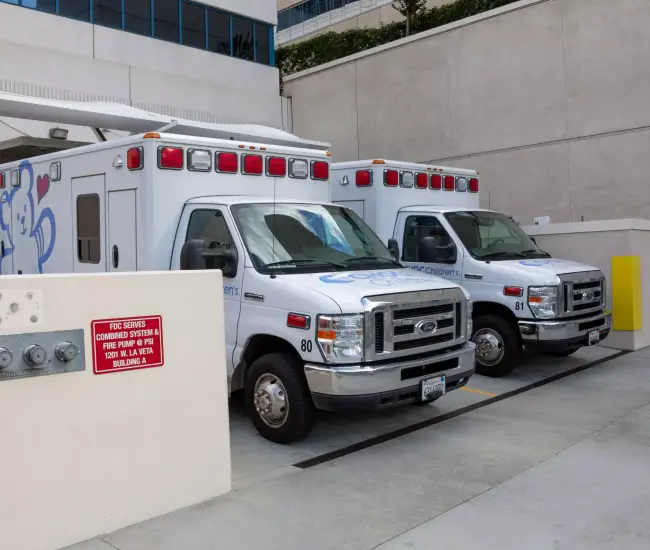Customer Stories
LOCATION: Washington State, Washington
Multicare Health System Takes Security to the Next Level
The healthcare organization based in Washington state has begun a journey of unifying its video surveillance and access control under one platform, yielding better situational awareness, streamlining investigations, and providing an additional level of safety and security to staff and patients alike.

Multicare Health System Takes Security to the Next Level
The healthcare organization based in Washington state has begun a journey of unifying its video surveillance and access control under one platform, yielding better situational awareness, streamlining investigations, and providing an additional level of safety and security to staff and patients alike.

Multicare Health System in Washington State employs more than 20,000 team members across 11 hospitals and more than 300 medical clinics, laboratories, medical imaging, pharmacies and specialty services locations.
As a large healthcare organization, Multicare has many levels of security to attend to, including slips and falls, patient care, guest management, parking and perimeter security, staff and security officer safety and much more.
When Joshua Davis, technology system support coordinator, joined MultiCare in 2018, he oversaw the upkeep, implementation and eventual retirement of the organization’s physical security assets, including its outdated NVR solution, legacy analog surveillance cameras, as well as access control and video management solutions.
Like many robust and expanding organizations, MultiCare has added new sites and facilities over the years, finding itself with disparate security, video surveillance and access control solutions.
Prior to upgrading that technology, operators were pulling video footage via a flash drive transfer at legacy sites when incidents occurred. The organization was experiencing challenges of using older equipment too, and the access control solution didn’t have two-way integration with the VMS, making analytics cumbersome and difficult to manage.





“We had multiple video management system (VMS) solutions and multiple systems were outdated and past their end of life. We needed to consolidate into a single, unified solution with a global interface,” Davis explains.
With a focus on efficiency, as well as saving time and money, Multicare wanted a consolidated, easy-tonavigate platform for security staff to be able to view, respond to incidents and pull security video footage as needed. With one centralized security operations center running 365/24/7, along with about 100 other workstations running video at any given time throughout the organization’s locations, Davis also needed a way to streamline the number of permissions, access and remote troubleshooting and capabilities across the entire organization.
So, a few years ago, Multicare partnered with integrator Entrance Controls and technology partners, Salient Systems and AMAG Technology, to begin the process of integrating its video surveillance, while upgrading its cameras, VMS, surveillance capabilities and access control operations.
The healthcare organization has nearly completed its security upgrades: upgrading the VMS to a unified platform from Salient Systems; installing roughly 90 servers to allow the organization to experience full IP video capabilities; upgrading its 3,000-plus analog cameras to IP as they age out, as well as using Salient’s GEN II Capture card technology to get extra life and optimized capabilities out of other existing analog cameras without having to invest in encoders.
In addition, two-way integration with AMAG’s Symmetry Access Control system and Salient Systems’ CompleteView VMS allows Davis and his team to pull up, search and see motion-related video clips associated with access control events whenever necessary, yielding better situational awareness and streamlining investigations.
“We spent over 18 months developing the plan and design of each server before we ever placed one server into the Multicare platform. There were so many different moving pieces we needed to make sure were in place for a successful upgrade,” Albertsen says.
The upgrades have allowed Multicare to not only boost security, safety and efficiency, but it has also saved Davis and his staff significant time already. “Before we had a centralized, single VMS solution, we didn’t have capabilities of customizing camera views at every location. Some locations have more cameras than others and once our staff had a view that had been created for them, they couldn’t change the view,” Davis says.
Now, the VMS allows staff and operators the ability to easily customize their surveillance views and change those views depending on the locations, cameras and angles they need to see. This has come in handy in many ways, especially when hospital staff need to see a specific room for a day or a period of time depending on what’s happening, but don’t need to watch that view all the time. “The interface has improved our usability dramatically because it’s so customizable,” Davis adds.
Another unexpected benefit of the security upgrades thus far has been the peace of mind a unified security platform has given to Multicare employees. Because both indoor and outdoor cameras are all on one centralized platform, hospital employees can be escorted by security to access perimeter cameras in parking garages or outdoor locations when leaving at night so they can virtually scan the area before exiting the building.
“That has given many team members a feeling of additional safety, which has been great for staff,” Davis says.
Over the next several years, Multicare will continue to upgrade its legacy cameras and servers across sites it hasn’t reached yet, with the ultimate goal of having all its video surveillance under one, customizable platform. In addition, according to Davis, as the healthcare system has begun to experience the benefits of centralized security, they would like to expand the number of cameras and views at many facilities, while also expanding uses and capabilities of the system.
“We are taking baby steps as it’s an expensive endeavor, but we are growing exponentially and we see an opportunity to expand our capabilities and use into continuing to provide excellent patient treatment and overall security at our locations,” Davis says.
